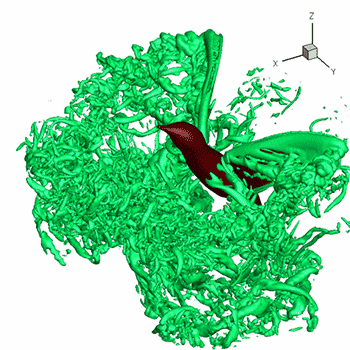How do you find #(d^2y)/(dx^2)# for #5x+3y^2=1#?
1 Answer
Use product rule, chain rule and sum rule.
Explanation:
Using the sum rule and chain rule to differentiate both sides with respect to
Differentiating again using the product rule (chain rule is applied in the first term, hence the squared derivative):
Rearranging the equation for the first derivative:
Substituting this into the equation for the second derivative:
There you go. If you want it to be in terms of

